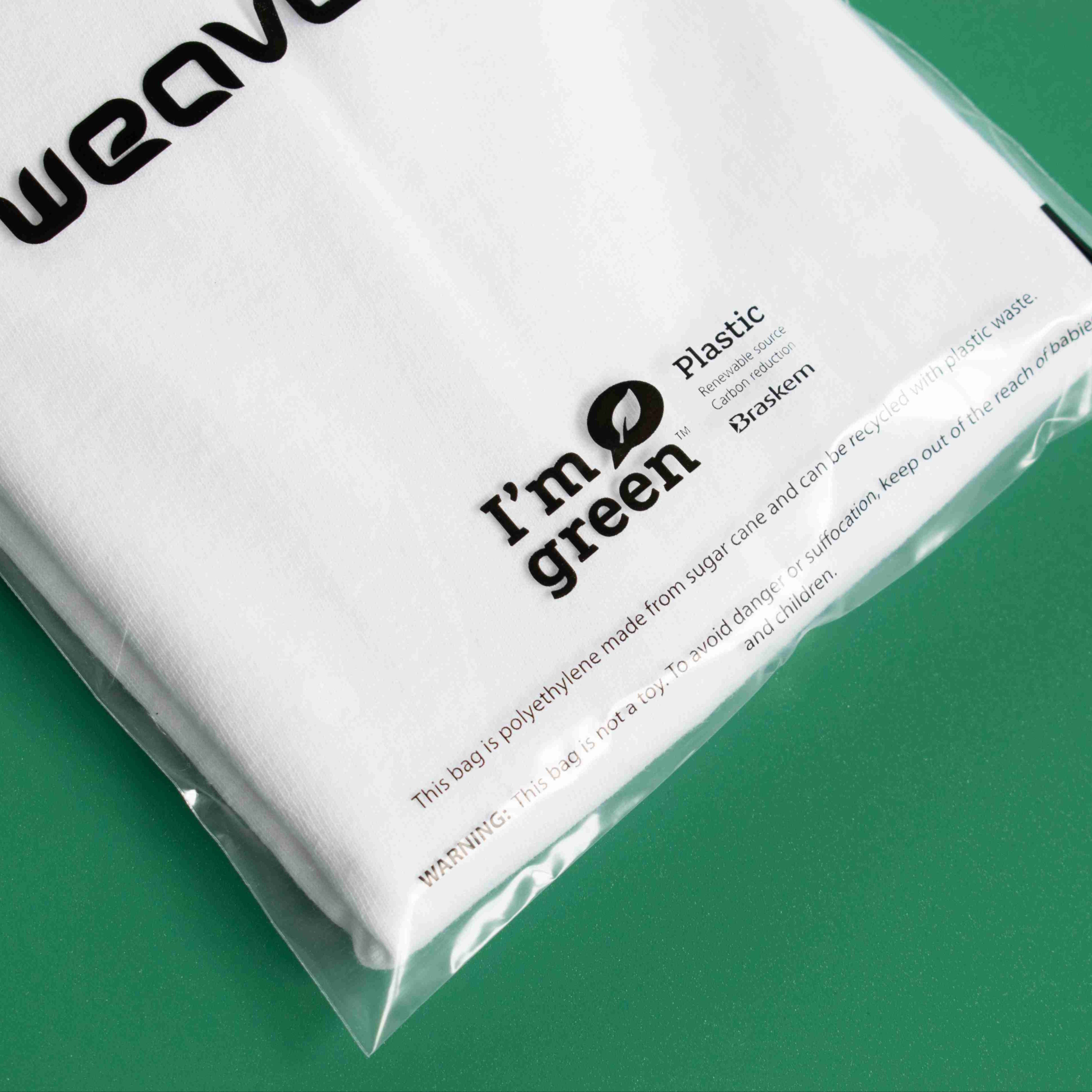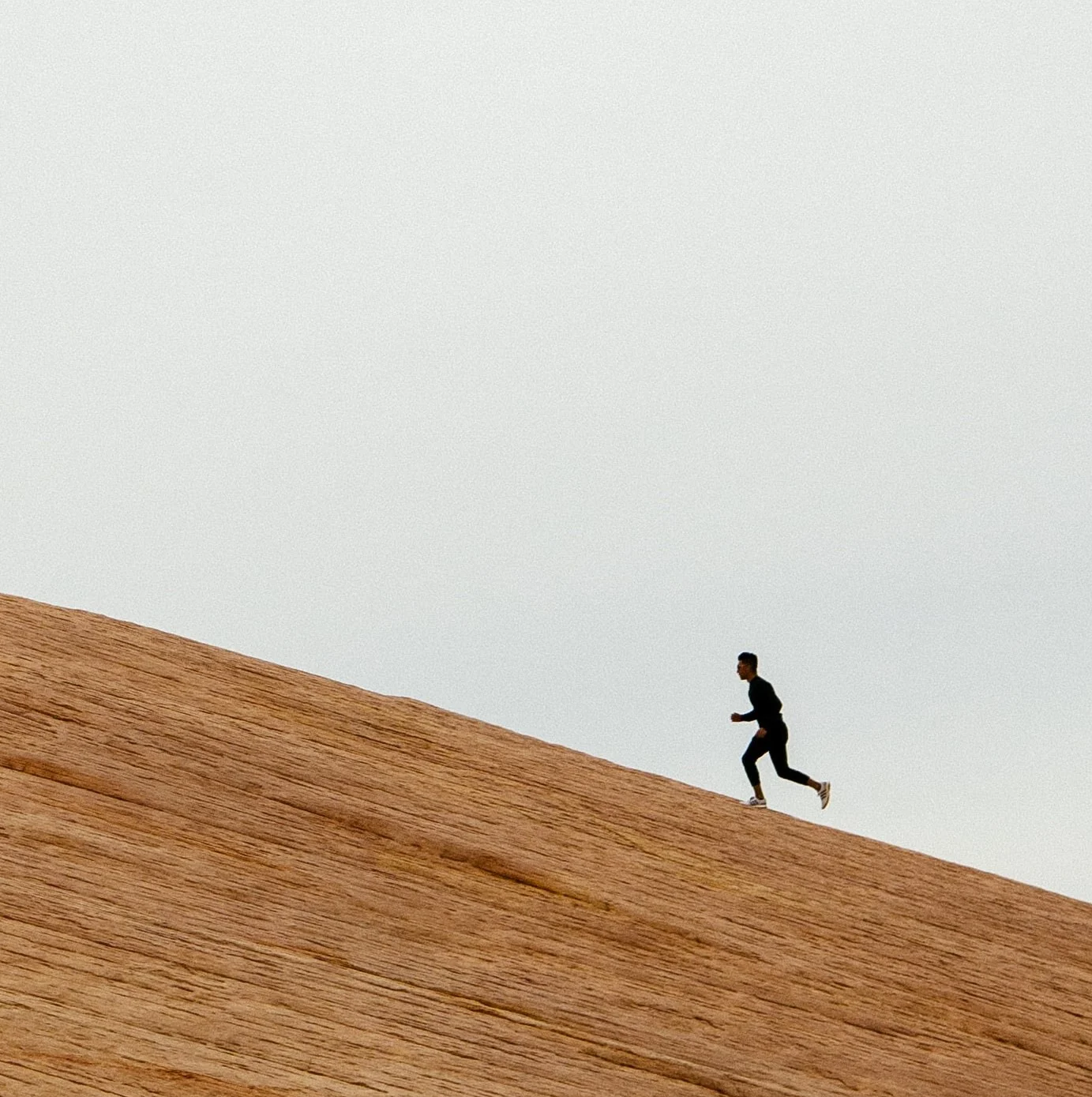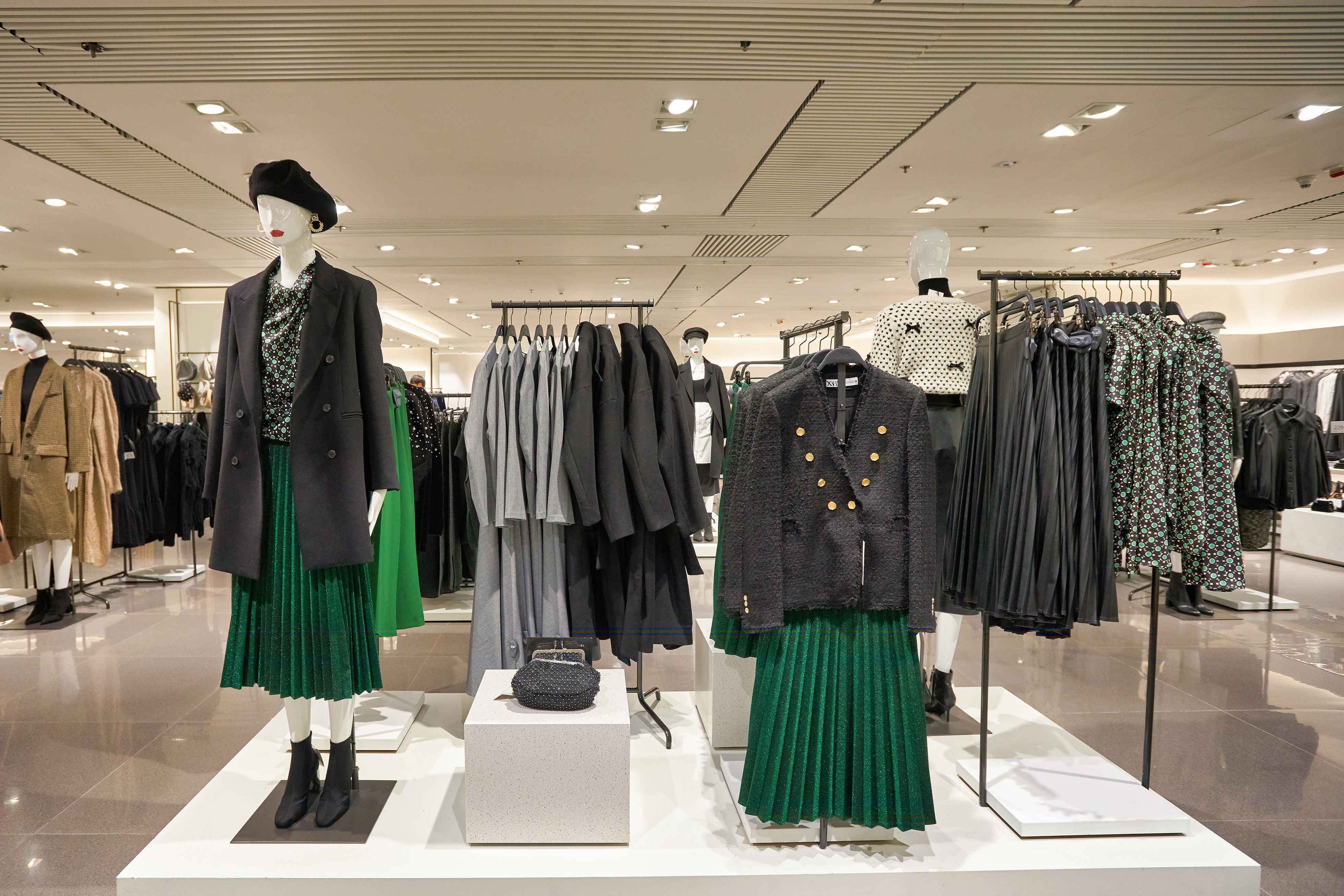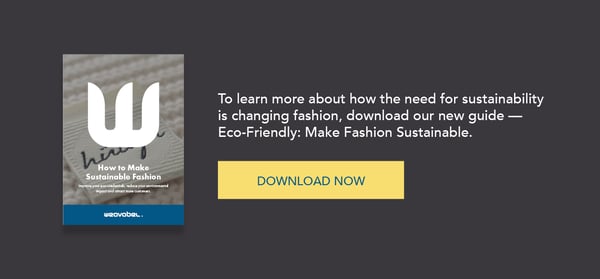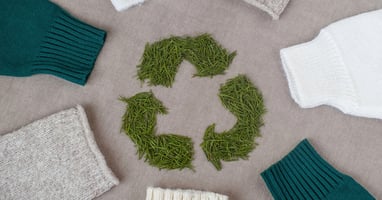How Can Fashion Brands Transition From a Linear to a Circular Economy?
As the need for the fashion industry to change becomes more apparent, we look into the benefits of a circular economy and how to get there.

The fashion industry as we know it needs to change — but that’s much easier said than done. Worth over $3 trillion and making up 2% of the world’s GDP, the fashion industry creates products at an unprecedented rate. But with this production rate comes a massive amount of waste, pollution and environmental destruction that can’t be sustained.
To address this, we investigate the idea of a circular economy, its benefits and how to transition from the traditional linear fashion model.
- What's the Difference Between a Linear and Circular Economy?
- The Benefits of a Circular Approach
- How To Make the Transition and Build a Circular Economy
- Fashion Brands That Have Successfully Made the Change
- Is a Circular Economy Possible?
- Are You Looking To Become More Sustainable?
What's the Difference Between a Linear and Circular Economy?
The fashion industry as we know it today has an almost entirely linear approach. The process moves in a straight line from design to disposal, with lots of waste, pollution and excess product at every stage in the pipeline.
The circular fashion economy aims to close the loop, focusing on turning waste into renewable materials and energy, reducing the fashion industries harmful effect on the environment.
It’s important to note that the circular economy model is still a work in progress. As time progresses, new needs are identified, attitudes change and we find new ways of doing things; the process will continue to alter and improve so the fashion industry can work as efficiently and sustainably as possible.
To explore the linear and circular models in more detail, check out our infographic below.
Infographic Sources:
- 1 - Eco Friendly Habits
- 2 - Circular Online
- 3 - Eco Friendly Habits
- 4 - World Wildlife Fund
- 5 - Ellen MacArthur Foundation
- 6 - Circular Fashion Summit
- 7 - Forbes
- 8 - Statista
The Benefits of a Circular Approach
In theory, the benefits of the circular approach are endless. The circular model presents opportunities for brands, suppliers, manufacturers and consumers by transforming the fashion industry to reduce climate damage.
To identify the key benefits of the circular economy, we need to look at the key principles that underpin the approach. Outlined by the Ellen MacArthur Foundation, they are as follows:
- ELIMINATE waste and pollution
- CIRCULATE products and materials
- REGENERATE nature
As it stands, the world’s fashion waste is set to increase by 60% between 2015 and 2030, reaching a staggering 148 million tonnes — that’s equivalent to 17.5kg of fashion waste for every member of the population. So one thing is clear; waste and pollution in the fashion lifecycle need to be tackled.
Making this one of the key focal points for the circularity concept makes reducing waste and pollution intrinsic at every stage. If we focus on reducing waste at the start of the process, rather than just at the end, the amount of waste and pollution produced by the fashion industry will significantly reduce.
The second principle of the circular economy is to circulate products and materials. This essentially means manufacturing products and materials with a higher level of quality to have a longer lifecycle through resale, recycling and reuse. This will reduce the amount of waste created and add value to consumers by making better quality purchases.
The final benefit of the circular model is it aims to regenerate nature. Regeneration means that raw materials and products should be replaced, actively replenished and enhanced, having an overall positive impact on our environment.
However, one of the main barriers to change for the circular economy is cost. Fashion brands are currently making massive profits from the fast fashion model, so why would they limit this margin?
Although transitioning to a circular economy will take time, effort and investment, it’ll save companies money in the long run due to its ability to create efficiencies and reduce manufacturing costs.
Read more: Top Drivers and Barriers to a Circular Economy
How To Make the Transition and Build a Circular Economy
There’s no doubt about it; transitioning from a linear to a circular economy will require a seismic shift, with significant investment, large-scale innovation, transparency and traceability required from all stakeholders in the industry.
Before we get into the specifics of what an individual company can do to enable their transition, it’s important to look at the industry as a whole. The key thing to note here is the need for several changes for the industry to become circular.
There will need to be increased transparency to hold brands accountable. Consumers will have to change their shopping habits and attitudes away from the take-make-waste fast-fashion model they’re currently used to. Collaboration will be key, focusing less on competition and massive profits for brands and more on the greater good for the planet.
So, how can the brands transition to start building a circular economy? We identify the routes for change based on the key principles of the circular economy we’ve already discussed.
Eliminate Waste and Pollution
Let’s start at the top of the pipeline. The ‘design out’ waste process focuses on taking waste and emissions into consideration at the very beginning of the fashion process, during the design stage. By thinking about using responsibly sourced materials and sustainable manufacturing techniques at the beginning of the process, you’re already addressing the issue of waste rather than trying to reverse the effects further down the lifecycle.
Concepts such as zero-waste fashion, using eco-friendly dyes, bio-based fibres and sustainable packaging all minimise the amount of waste created by the fashion supply chain.
Circulate Products and Materials
The next step in transitioning to a circular fashion model is considering how you can keep products and materials in use for longer. Essentially, we’re talking about making apparel as long-lasting as possible. This can be done by increasing the quality of the fibres, the way a garment is manufactured and considering how a product can outlive its initial purpose.
Brands then need to consider how products can be repaired, recycled and reused. Investing in programmes such as repair schemes, recycling initiatives and resale platforms will all contribute to the circularity of fashion. The rise of fashion rental from brands such as HURR and Rotaro displays that this shift is already gathering momentum.
Regenerate Nature
The last step to consider is the regeneration of natural resources. The main focus will be sourcing raw materials in your supply chain, but it’ll also be apparent throughout the rest of the pipeline.
The reason for this is simple — the fashion industry can’t keep using natural resources at the current rate. To become circular, brands should establish partnerships with regenerative agriculture suppliers and companies that are invested in changing the planet for the better, as well as joining initiatives such as Carbon Neutral Britain. This could be through reducing emissions and waste or rebuilding geographical locations that have been damaged at the expense of the fashion industry.
Fashion Brands That Have Successfully Made the Change
Admittedly, this change will take time and mistakes along the way. Still, many fashion brands show that the transition is possible and successful.
Stella McCartney has long been a champion of sustainability from their animal rights activism right through to their commitment to circularity. The brand is evolving from just reducing its impact to actively making a positive impact on the environment. Stella McCartney aims to close the loop by working with renewable, technical and biological materials and forming partnerships with organisations driving change.
Other big brands are also invested in the transition. Take trainer giants Adidas and Nike as examples. Both brands have invested in creating shoes that are made from recycled materials, as trainers are notoriously hard to recycle due to the plastic-based fibres and glue used to manufacture them. This stops the waste products from going to landfill, transforming them into a new product instead.
ASOS has launched circular campaigns. However, they did face backlash and claims of greenwashing due to this. This just shows that greater transparency and information is needed and that the fashion industry still has some way to go before becoming truly circular.
There are also many smaller, independent brands driving the circular movement. Knickey creates underwear from certified organic cotton and offers a recycling program that turns unwanted underwear into reusable fibres for insulation. The R Collective reuses excess luxury fabrics to create its garments, while British brand Lucy & Yak create apparel from sustainable materials and recirculate pre-loved garments through Depop.
Is a Circular Economy Possible?
While the fast fashion sector shows no signs of slowing down, the shift in consumer attitudes is becoming more apparent.
74% of millennials and Gen Z prefer to buy their clothes from ‘conscious brands’ and considering they’re worth $350 billion of spending power in the US alone, maybe it’s time the fashion industry wakes up.
It’ll take time, significant investment and a drastic change in attitudes for this change to come about. But as natural resources keep depleting and climate change is becoming an increasing concern, the need for the switch is more apparent now than ever.
Are You Looking To Become More Sustainable?
Then you’ve come to the right place. At Weavabel, sustainability is at the heart of everything we do and we want to share that with you. To start your company’s journey to becoming more eco-friendly, download our sustainability checklist to help you along the way.
Simply hit the button below to get free access for life.

